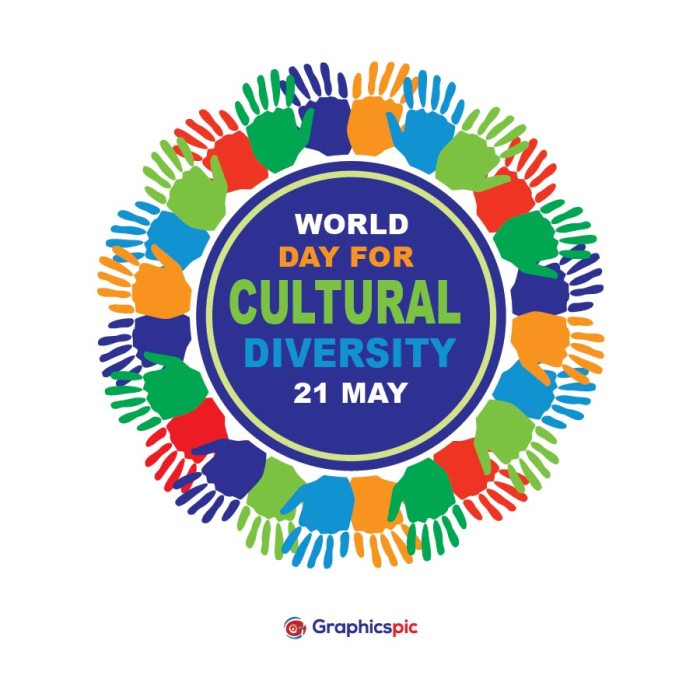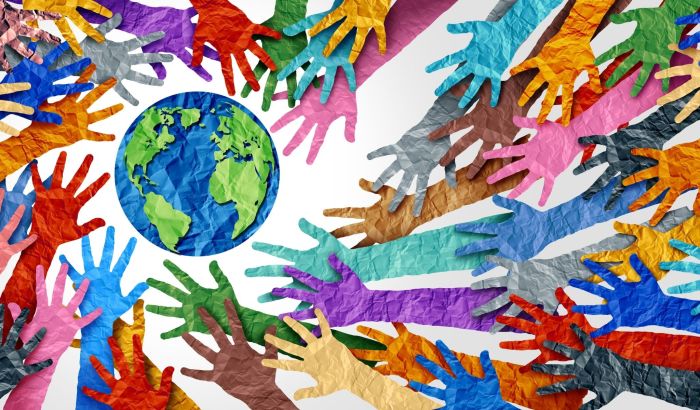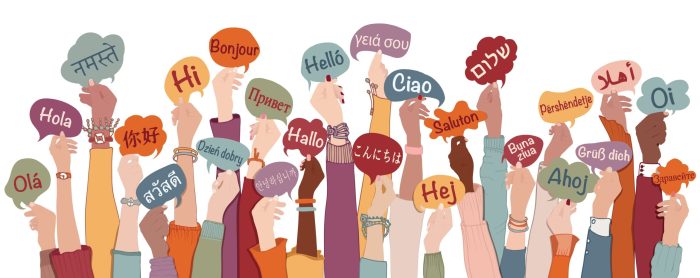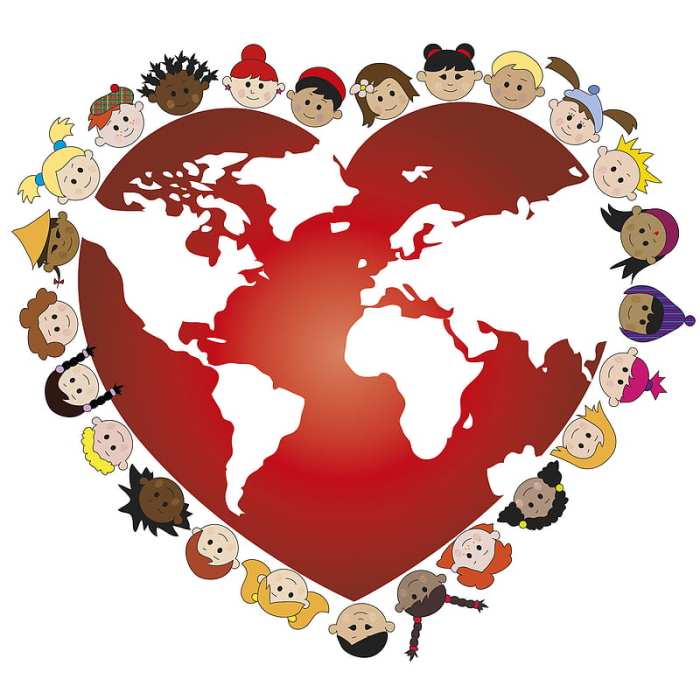Embarking on a journey into the vibrant realm of diversidad cultural en el mundo hispanohablante, we delve into the tapestry of cultural expressions that weave together the rich heritage of the Hispanic world. From the melodies that dance through the streets to the vibrant hues adorning traditional garments, cultural diversity manifests itself in every facet of Hispanic life, shaping a mosaic that is both captivating and profound.
Cultural Diversity in the Hispanic World: An Overview

Cultural diversity is a defining characteristic of the Hispanic world, encompassing a wide range of cultural expressions that reflect the rich history, geography, and traditions of the region.
From the vibrant rhythms of salsa and flamenco to the intricate patterns of textiles and ceramics, the Hispanic world showcases a kaleidoscope of cultural diversity that has been shaped by a blend of indigenous, European, and African influences.
Factors Contributing to Cultural Diversity
- Geographical Diversity:The Hispanic world encompasses a vast and diverse landscape, ranging from the towering Andes Mountains to the sun-drenched Caribbean islands. This geographical diversity has fostered the development of distinct cultural traditions and practices.
- Historical Influences:The Hispanic world has been shaped by a complex history of colonization, conquest, and immigration. These historical events have left an enduring impact on the cultural diversity of the region, with influences from indigenous cultures, European settlers, and African slaves.
- Cultural Exchange:Throughout history, the Hispanic world has been a crossroads for cultural exchange. Trade routes and migration patterns have facilitated the dissemination of ideas, customs, and traditions between different regions, contributing to the cultural diversity of the Hispanic world.
Linguistic Diversity in the Hispanic World

The Hispanic world is characterized by a rich linguistic diversity, with Spanish serving as the dominant language. However, there are numerous other languages spoken throughout the region, including indigenous languages, European languages, and creoles.
Factors Influencing Linguistic Diversity, Diversidad cultural en el mundo hispanohablante
- Geographical Isolation:In some remote regions of the Hispanic world, indigenous languages have been preserved due to geographical isolation and limited contact with outside influences.
- Historical Colonization:The colonization of the Hispanic world by European powers, particularly Spain and Portugal, led to the widespread adoption of Spanish and Portuguese as official languages.
- Migration Patterns:Migration within the Hispanic world and from other regions has contributed to the presence of diverse languages. For example, the influx of African slaves brought their own languages and cultural practices to the region.
Artistic and Literary Expressions of Cultural Diversity

The Hispanic world is renowned for its vibrant and diverse artistic and literary traditions. These expressions reflect the cultural values, beliefs, and experiences of the region’s inhabitants.
Music and Dance
- Salsa:A popular dance and music genre originating in Cuba, salsa is characterized by its lively rhythms and intricate footwork.
- Flamenco:A traditional dance and music style from Andalusia, Spain, flamenco is known for its passionate and expressive movements.
- Tango:A dance and music genre that originated in Argentina and Uruguay, tango is characterized by its sensual and melancholic style.
Questions Often Asked: Diversidad Cultural En El Mundo Hispanohablante
What are the key factors that contribute to cultural diversity in the Hispanic world?
The Hispanic world’s cultural diversity stems from a blend of historical influences, including indigenous traditions, European colonization, and African and Asian migrations, which have shaped the unique cultural expressions of each region.
How does linguistic diversity impact cultural diversity in the Hispanic world?
The presence of multiple languages within the Hispanic world, including Spanish, Portuguese, and various indigenous languages, reflects the region’s rich cultural heritage and contributes to the distinct cultural identities of different Hispanic communities.
What are some examples of artistic expressions that showcase cultural diversity in the Hispanic world?
The Hispanic world boasts a wealth of artistic expressions, such as vibrant music genres like salsa, tango, and flamenco, colorful traditional dances, and renowned works of literature, all of which reflect the cultural values and beliefs of different Hispanic communities.
